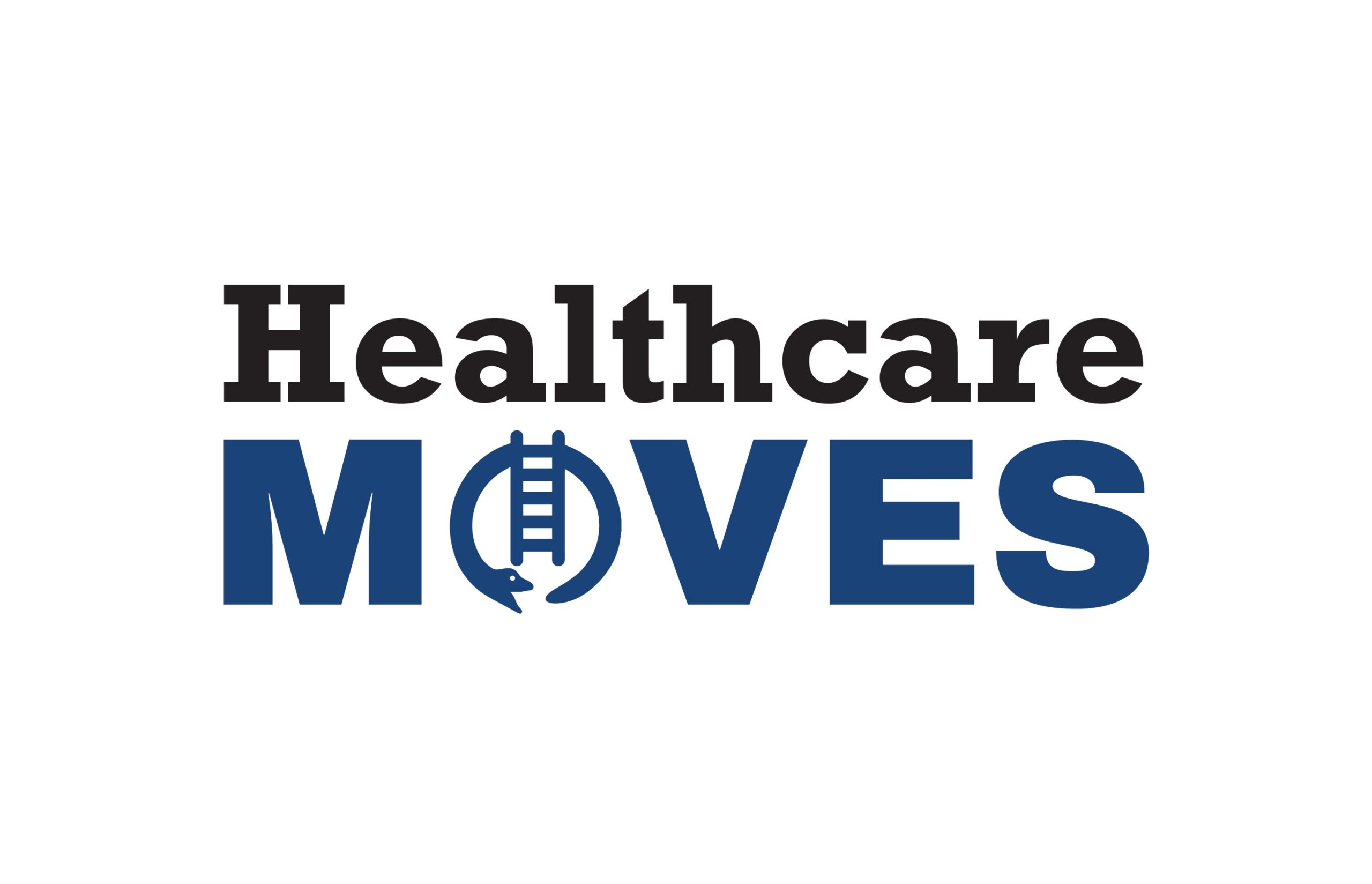
Employer-provided insurance costs are projected to rise by 7 percent in 2024. And the consequences are dire. As of 2022, about half of US adults reported difficulty paying for healthcare. Whether you’re an employer who pays your employees’ premiums or a patient soon to reach your out-of-pocket maximum, chances are you feel the burden.
There’s no doubt: benefits leaders need new ways to cope with rising health insurance premiums while also keeping their benefits offerings attractive to their employees and talent they may need to hire in the coming year. Here are a few new strategies employers can use to manage this growing tension.

With the Rise of AI, What IP Disputes in Healthcare Are Likely to Emerge?
Munck Wilson Mandala Partner Greg Howison shared his perspective on some of the legal ramifications around AI, IP, connected devices and the data they generate, in response to emailed questions.
Prioritize physical and financial wellness
Prioritizing employee wellness is crucial for employers seeking to create an attractive benefits package while optimizing their bottom line. Simply put, when employees have benefits that help them get healthy and feel their best, they tend to be more engaged and perform their jobs better. This, in turn, reduces absenteeism and increases overall productivity.
The same healthy habits that help employees feel their best also help prevent chronic illnesses. Employees who utilize a gym membership stipend, for example, are likely to increase their energy levels. At the same time, they’re similarly likely to decrease their risk of poor health outcomes such as cardiovascular disease, high blood pressure and obesity.
Healthier employees aren’t just happier – they tend to spend less on prescription medications and are likely to avoid hospitalization. All in all, this can significantly lower long-term healthcare costs.
Promoting physical activity, mental health support, healthy eating options, and flexible work arrangements are also essential to employee wellbeing. But the fact is, one in four adults have some type of disability, half of adults in the US have a chronic illness, and even the most healthy among us are at increased risk of illness as they age.
So in addition to wellness offerings, health coverage that promotes equitable and affordable access to care is an important part of any employer’s benefit strategy. Next, let’s look at two steps employers can take to ensure the employee health plan supports wellness goals.
Ensure a good experience with High Deductible Health Plans
For most employers, High Deductible Health Plans (HDHPs) are likely a familiar product. The reason? HDHPs provide coverage with much lower premiums, with the caveat that the employee is responsible for paying for their care up to the deductible.
During healthy years, an HDHP can be a great option for employees who don’t have many healthcare needs and only need coverage in case of an emergency. HDHPs are HSA-compatible, which means families are able to save pre-tax dollars for qualified medical expenses they may need in the future. The HSA is an important and financially healthy savings vehicle that is becoming an important part of retirement readiness for many families. Many employers have or have considered an HSA contribution for every employee, however the dollars provided may be either too much or too little for the employee’s needs. Even with a contribution, these plans can be intimidating or provide a negative experience if the employee isn’t prepared to handle the up front cost of care that comes with high deductible health plans.
Employers should consider how they can ensure employees are educated and equipped to pay for care rather than delaying or foregoing care due to cost.
Financial education resources are becoming an increasingly important part of the HR program. This way, employees can learn the full benefit of tax-advantaged accounts like the HSA, how to track health care expenses, and methods to effectively plan for healthcare costs.
Add flexibility with health payment accounts
HSAs are an important savings vehicle for anyone with an HDHP, but balances take time to grow, and the accounts can often be spent down when health issues arise. There’s no guarantee that having an HSA means there will be funds available whenever you happen to need them. This has lead to the development of new financial tools, designed specifically for healthcare.
One new solution that’s becoming an emerging standard is the Health Payment Account (HPA). HPAs offer employees a line of interest-free credit that employees can use to pay for care expenses up-front. They offer a number of benefits including…
- Immediate relief: HPAs act as a financial buffer, allowing employees to cover healthcare expenses that would otherwise be challenging to manage like an unexpected bill that costs more than their entire deductible, a pharmacy co-pay, or dental emergency that wasn’t in the budget that month.
- Enhanced employee financial wellness: HPAs empower employees to make informed healthcare decisions, ensuring they receive necessary treatments knowing they will have time to manage the out-of-pocket costs. This financial security leads to reduced stress, improved job satisfaction, and higher retention rates.
- Flexibility and control: HPAs offer flexibility and control to employees. They can choose how and when to use their HPA funds, making decisions that align with their unique healthcare needs. This personalization fosters a sense of ownership over healthcare, empowering employees to become more active participants in their well-being.
When individuals have access to funds in their HPAs they’re likely to feel more financially secure. The result? Without worries about the financial consequences of requiring unexpected care, they are more likely to proactively seek preventive care and early treatment that boosts overall population health and reduces costs for everyone.
HPAs help recruit and retain a healthier workforce
A wellness-oriented workplace can drive more than health and productivity. In fact, a benefits package with a whole health approach can be a powerful recruiting tool. It’s a reason at least one employer has begun to pay employees to attend workout programs that occur during work hours.
Of course, there are a broad range of wellness programs employers can offer their employees. But think of HPAs, in particular, like a personal trainer – well-appreciated, individualized support that can give employees a leg up to complete their long-term goals.
Photo: champc, Getty Images
Chris Labrecque is the Chief Customer Officer of Paytient, a company which helps people access and afford care. Chris has 30 years of industry experience, and previously served as President of the Employee Benefits Group at Insurance Office of America.














